1
|
Scientific research achievements of Data Logistic for Logistic Data.
Smart Contract controlled networks at SC22
Multi-domain applications are characterized by applications such as workflows that cross domain boundaries. The motivation for such applications is in mutual benefit for all parties to collaborate. For example airline industries, healthcare, smart cities. The new set of challenges that this setup introduces revolve mainly around enforcement of agreed multilateral contracts and minimizing risks due to exposure. In this work we propose to encode the application agreement as a smart contract using Petrinet as a model to track state changes.
Location:  booth 2344 booth 2344
More material:
|
|
2
|
User-Driven Path Control through Intent-Based Networking.
The UPIN (User-driven Path verification and con- trol in Inter-domain Networks) project aims to implement a mechanism for a user to control the way data are traversing the network. Here we investigates the possibilities and limita- tions of Intent-Based Networking (IBN) for user-driven path control. Exploring several intent translation techniques allows us to define four main factors that influence the design of an Intent-Based Networking approach. The level of control, level of required knowledge, type of language, and network all influence the design. Based on the UPIN project demo, we design two approaches: technical-centric, which focuses on enabling Intent- Based Networking, and human-centric, which focuses on relieving restrictions from the expression methods for the user. Rasa is used to create a chatbot interface for the human-centric approach. We experiment with several configurations to discover the optimal pipeline for our training and testing data. Results indicate an 85 percent accuracy of intent recognition and 93 percent accuracy of entity extraction. Although the accuracy is not high enough to allow the Intent-Based Networking implementation to make decisions without supervision, the implementation proves to be a viable method of expressing intents for user-driven path control.
Location:  booth 2344 booth 2344
More material:
|
|


